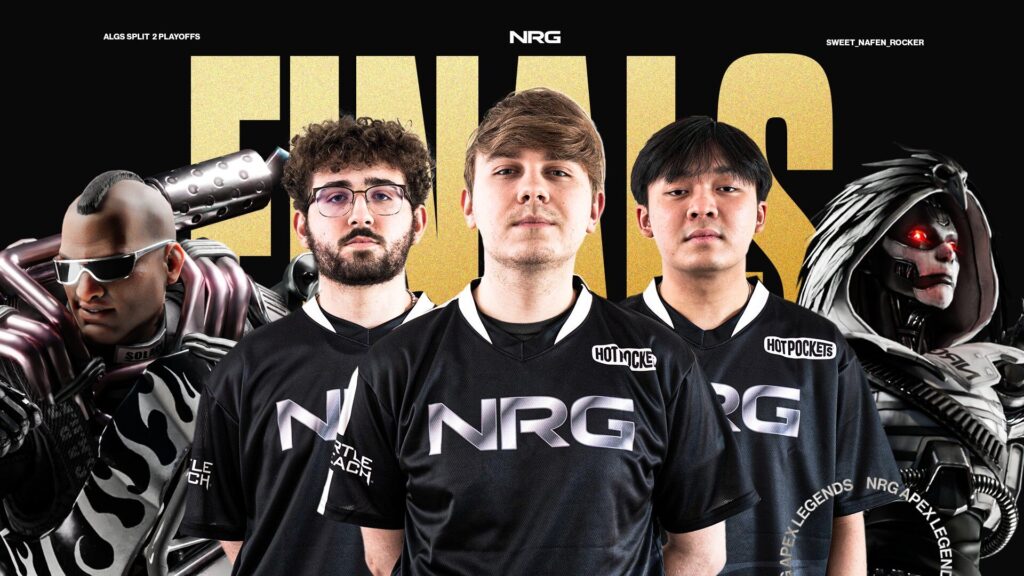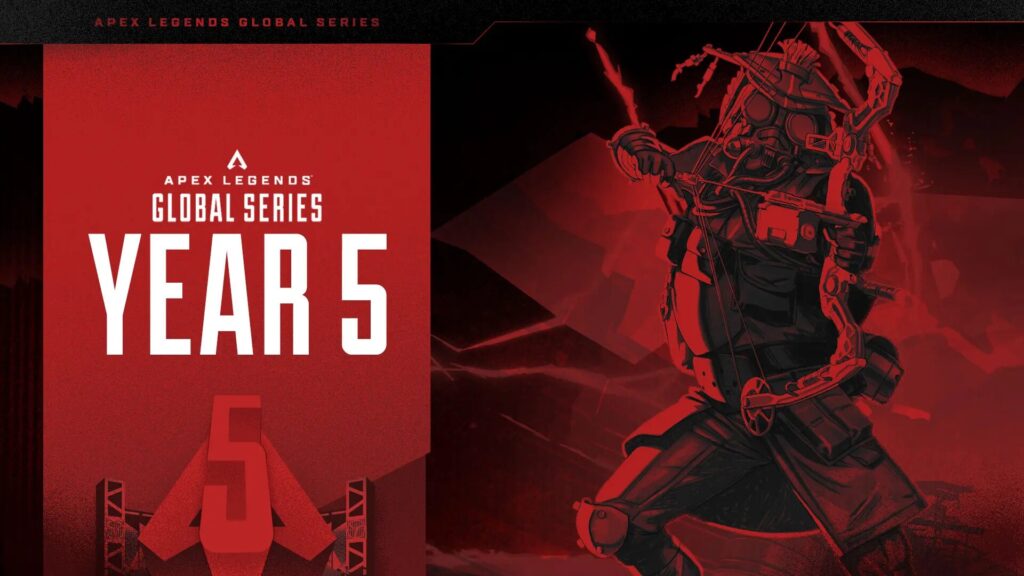In the ever-evolving landscape of Apex Legends Esports, match predictions have become both an art and a science. Fans, analysts, and data-driven platforms spend countless hours studying trends before a big match, particularly during high-stakes events like the ALGS Pro League or Challenger Circuit. These predictions go beyond mere intuition; they combine knowledge of zone control, team rotations, meta compositions, and even psychology. When players like ImperialHal or Hakis shift legends or strategies, it can send ripples through the odds overnight. This explainer unpacks the methods behind these predictions and how experts come up with their confident calls.
Quick Look
Understanding the Foundations of Apex Esports Analysis

At the heart of every match prediction lies the foundation of team performance and mechanical consistency. Analysts typically assess factors such as:
- Recent tournament results – For instance, Alliance’s dominance in EMEA or Team Falcons’ strong finishes across LAN events.
- Player synergy and communication – Teams like 100 Thieves and NRG thrive because of their structured callouts and coordinated pushes.
- Meta adaptation – Success often depends on how quickly squads embrace new patches or balance updates (like Catalyst vs Wattson zone control).
Predictors don’t just watch gameplay; they review VODs, heatmaps, and kill distribution data to identify habits. A squad that consistently rotates early might fare better in a match-point format, while aggressive fraggers might excel in open-field lobbies.
The Role of Data and Probability Models – Apex Legends Match Predictions

Modern esports predictions rely heavily on data modeling. Statistical platforms use historical performance, kill/death ratios, placement averages, and zone win rates to forecast outcomes. For instance, if Team Nemesis averages a top-five finish rate of 60% in storm zones near Fragment, analysts might assign them higher odds in similar lobbies.
Some communities even create fan-driven spreadsheets that simulate outcomes based on previous results. Betting analysts and fantasy esports players use these tools to weigh “expected value” and “map-specific performance.” Machine learning models are also becoming popular, with AI predicting landing success rates or ring path probabilities. These tools give fans an insider perspective into what could happen before the first bullet is fired.
Case Studies from Recent Tournaments – Apex Legends Match Predictions

To better understand how match predictions work, let’s look at some real examples from recent ALGS competitions. During the ALGS Year 5 Split 1 Finals, experts heavily favored ROC Esports due to their consistent top-three finishes and strong zone play. However, VK Gaming defied expectations with aggressive rotations and clutch plays to secure the championship. Similarly, in EMEA’s Split 2 group stage, Alliance’s early domination was predictable thanks to data showing their superior kill conversion rate and zone entry timing.
In contrast, underdog teams like GoNext and Endorse surprised fans by outperforming statistical forecasts, proving that while analytics provide structure, human decision-making and adaptability still play vital roles. These examples highlight how even the most detailed prediction models can be disrupted by on-the-day performances and clutch instincts.
How Fans and Analysts Use Predictions – Apex Legends Match Predictions

Apex Legends predictions aren’t only for analysts—they’re a major part of fan engagement. Esports communities on Reddit, Twitter, and YouTube break down expected outcomes before every Pro League matchday. Fans use these predictions to:
- Craft fantasy team rosters for play-along challenges.
- Debate team strategies and loadout changes in community threads.
- Follow storyline arcs such as “Falcons’ revenge run” or “Alliance’s comeback tour.”
Meanwhile, organizations use prediction analytics to scout rising teams or optimize scrim strategies. This culture of analysis and speculation helps build hype around every tournament, turning predictions into part of the entertainment itself.
Conclusion – Beyond Guesswork: Predicting the Unpredictable
At its core, Apex Legends match prediction is more than educated guessing—it’s a blend of research, data science, and understanding the emotional pulse of competition. While stats and trends provide a foundation, the chaos of battle royales ensures no prediction is ever absolute. A single missed rotation, clutch Kraber shot, or early third-party engagement can rewrite the outcome instantly. Yet, it’s precisely this unpredictability that keeps analysts and fans coming back for more, eager to test their insights against one of esports’ most dynamic arenas.

